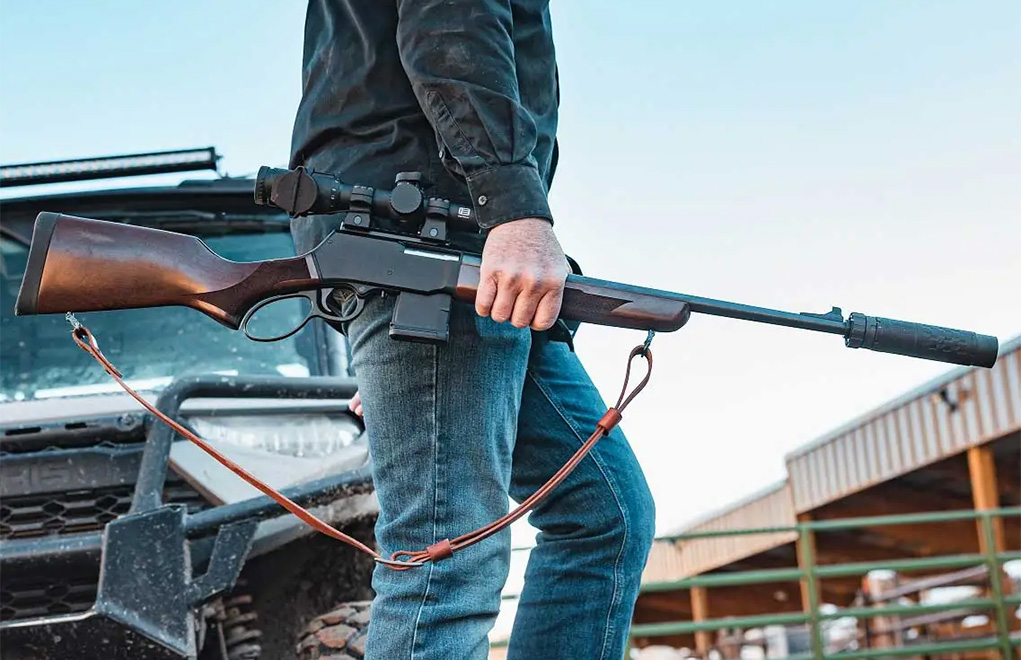The Problem
You have taken some courses, practiced a lot and now have decided that payback to the shooting community is in order. Your method of payback is to introduce others to the various aspects of shooting, mostly with handguns. To get started, you have taken several instructor courses from different organizations such as the NRA and training academies within your region.
There are many similarities as well as some subtle differences between the courses you have attended, but one thing stands out as a major difference in the teachings of the various instructors and organizations. That difference is how the trigger is manipulated to fire an accurate shot and how it is described—especially for the brand-new shooter.
Trigger-finger placement has two different followings, one being the center of the pad at the tip of the index finger and the other is the crease between the first and second joint of the index finger. Which is best, you wonder?
The second involves describing how the trigger is actually moved to fire the gun. Terms like “squeeze,” “press” and “pull” are typical, but “operate,” “manipulate” and “move” are not uncommon, either. So many terms to describe one action can be confusing and overwhelming to the neophyte shooter. You wonder how best to communicate an approach to the trigger of a firearm in the simplest manner, so there are no bad habits or miscommunications that must be corrected in the future.
The Solution
The first thing to consider with novice shooters—aside from safety—is the objective of shooting, which is hitting the intended target.
Simply put, it is nothing more than stabilizing the muzzle on the target and moving the trigger to fire the gun without affecting the muzzle’s stability in relation to the target. That is an undeniable fact.
When it comes to trigger-finger placement on the trigger, both the pad of the tip of the index finger or the crease between the first and second joint of the index finger are good starting points for a new shooter. However, neither are etched in stone as absolutes in operating a trigger on a firearm. As stated previously, if the shooter can stabilize the muzzle on the target and move the trigger to fire the gun without affecting the muzzle’s stability, why does it matter specifically where the trigger finger contacts the face of the trigger? In fact, some of the more successful shooters I have known use their middle finger to move the trigger in certain circumstances. Consistency, regardless of the technique, contributes to success. As long as the muzzle is pointed at the target when the bullet exits, the objective is likely to be met.
In describing how the trigger should be moved to fire the gun, some terms make more sense to the shooters than others. In working with new, foundational shooters—and sometimes even experienced shooters—select terminology is key to understanding.
A primary example is the terms “press” and “pull” when describing trigger movement.
Put in the context of a student new to firearms, but not new to navigating life in general, what they understand in everyday life may or may not apply to manipulating a trigger.
In describing how the trigger should be moved to fire the gun, some terms make more sense to the shooters than others.
The term “press,” for example, in everyday life is usually done away from the body. Think of pressing a button on an elevator to change floors or bench-pressing weights in the gym. To the novice shooter “press” can be confusing, because in everyday life it means an action away from their person, whereas moving the trigger to fire a gun is toward their person. The word “pull” is a more appropriate term because it suggests a familiarity to the individual with what they already understand the term to mean. Pulling a rope, pulling the door shut, pulling an electrical cord out of a receptacle all have the same meaning of moving an object toward oneself. Trigger movement to fire a gun is done toward the shooter, so it stands to reason that the word “pull,” when referring to trigger operation, is the most effective for the greater number of students, new and old.
Once the student understands the concept of pulling the trigger, the terms move, manipulate or operate the trigger become more understood, acceptable and interchangeable.
Although taught with very good intentions, the word “squeeze” should never be taught in the context of trigger manipulation. When learning new information, individuals tend to associate, either directly or indirectly, that information with previously learned information. When the term “squeeze” is introduced relevant to trigger manipulation, many without firearm experience revert to the definition of squeezing as done with the whole hand—the fingers and thumb included.
This in effect moves the muzzle off the target as the trigger is pulled with the index finger along with an ever-increasing grip pressure of the middle, ring and little finger. Left uncorrected, this quickly becomes a bad habit that has to be corrected to achieve the desired performance from the shooter.
Your quest to pay back to the shooting community by mentoring others for the benefits you have received is admirable and commendable. How we communicate to our students is crucial to passing the message along in the most effective manner. Doing so lessens the likelihood of there being any ambiguity.
Use the terminology that makes the most sense to the student, and the likelihood they will retain it and apply it effectively is great.
Read the full article here









![SIG Sauer P365 XMACRO COMP: Skinny Compact CCW [Hands-On Review] SIG Sauer P365 XMACRO COMP: Skinny Compact CCW [Hands-On Review]](https://www.recoilweb.com/wp-content/uploads/2023/05/XMACRO-1.jpg)








Leave a Reply